Introduction
The journey of bringing an original play from script to stage is a multifaceted process involving creativity, collaboration, and meticulous planning. Contemporary theater embraces this intricate process, where each stage plays a crucial role in shaping the final production. This article explores the steps involved in developing an original play, highlighting the contributions of playwrights, directors, actors, and designers.
Playwriting: Crafting the Story
The development of an original play begins with the playwright. This creative process involves writing a compelling script that captures the essence of the story and its characters. Playwrights often draw inspiration from personal experiences, social issues, or historical events.
“Writing a play is about exploring human experiences and presenting them in a way that resonates with the audience,” says playwright Sarah Thompson.
The initial draft undergoes multiple revisions based on feedback from peers, workshops, and readings. These iterative changes refine the dialogue, plot structure, and character development, ensuring that the script is ready for production.
Workshops and Readings: Refining the Script
Workshops and staged readings are essential for testing the script’s viability. These sessions involve actors performing the script in front of a live audience, allowing the playwright to see how the dialogue and story flow.
“Workshops are invaluable as they provide a space to experiment and receive immediate feedback,” notes director John Williams.
Feedback from these sessions helps identify areas that need improvement, such as pacing issues or unclear character motivations. This collaborative effort between the playwright, director, and actors ensures that the script is polished and ready for the next stage.
Pre-Production: Planning and Design
Once the script is finalized, the pre-production phase begins. This stage involves detailed planning, including casting, set design, costume design, and scheduling. Directors work closely with designers to create a visual concept that aligns with the play’s themes and setting.
“Pre-production is about laying the groundwork for the entire production. Every detail, from set design to lighting, must be meticulously planned,” explains set designer Maria Rodriguez.
Casting is a critical aspect of pre-production. Directors and casting agents conduct auditions to find actors who can bring the characters to life. The chemistry between cast members and their ability to embody the roles are crucial factors in the selection process.
Rehearsals: Bringing the Script to Life
Rehearsals are where the script truly comes to life. This stage involves actors memorizing lines, developing their characters, and working on blocking (the precise staging of actors’ movements). Directors guide the actors, helping them understand their characters’ motivations and relationships.
“Rehearsals are a time of discovery and growth for both actors and directors. It’s where the vision starts to take shape,” says actor James Allen.
Technical rehearsals follow, where lighting, sound, and set changes are integrated into the performance. These rehearsals ensure that all technical elements function seamlessly and enhance the overall production.
Technical and Dress Rehearsals: Final Adjustments
Technical rehearsals, or “tech rehearsals,” focus on integrating all technical aspects with the actors’ performances. This includes adjusting lighting cues, sound effects, and set changes. The goal is to ensure that the technical elements support and enhance the storytelling.
“Dress rehearsals are crucial for ironing out any remaining issues. They provide a complete run-through of the play, allowing everyone to see how all elements come together,” states stage manager Laura Peters.
Dress rehearsals are full run-throughs of the play, performed in costume and with all technical elements in place. These rehearsals help identify any last-minute adjustments needed before opening night.
Opening Night and Performance: Sharing with the Audience
Opening night is the culmination of months of hard work and collaboration. The play is finally performed in front of a live audience, bringing the entire process full circle. The audience’s reaction provides valuable feedback and energy to the cast and crew.
“There’s nothing quite like the thrill of opening night. It’s a moment of celebration and validation for everyone involved,” expresses actor Emma Lee.
Performances continue, with each show offering an opportunity to refine and perfect the production. Audience feedback can lead to minor adjustments, ensuring that the play remains engaging and impactful.
Post-Production: Reflecting and Learning
After the final performance, the post-production phase begins. This stage involves reflecting on the entire process, from script development to the last performance. Cast and crew gather to discuss what worked well and what could be improved for future productions.
“Post-production reflection is essential for growth. It’s a time to celebrate successes and learn from challenges,” notes local expert John Davis from https://cultura.menu.
Documenting the process and outcomes provides valuable insights for future projects. These reflections help theater practitioners refine their craft and contribute to the evolution of contemporary theater.
The journey from script to stage is a collaborative and iterative process that requires creativity, dedication, and teamwork. Each stage, from playwriting and workshops to rehearsals and performances, plays a crucial role in shaping the final production. By understanding and appreciating the complexity of this process, we can better appreciate the artistry and effort involved in bringing an original play to life.
“Developing an original play is a testament to the power of collaboration and the magic of theater. It’s a journey of discovery, growth, and ultimately, storytelling,” concludes playwright Sarah Thompson. The continuous evolution of contemporary theater ensures that new voices and stories will continue to enrich our cultural landscape.
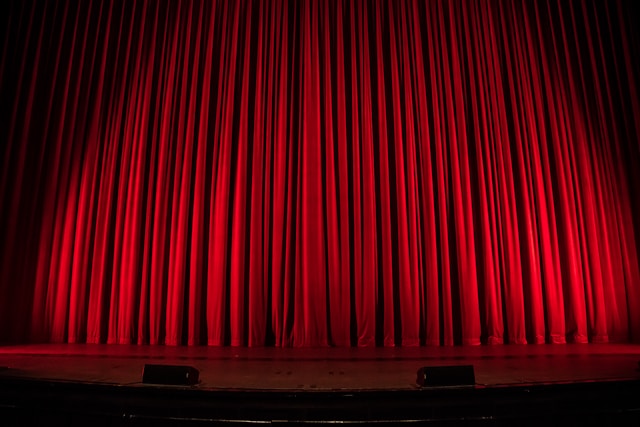



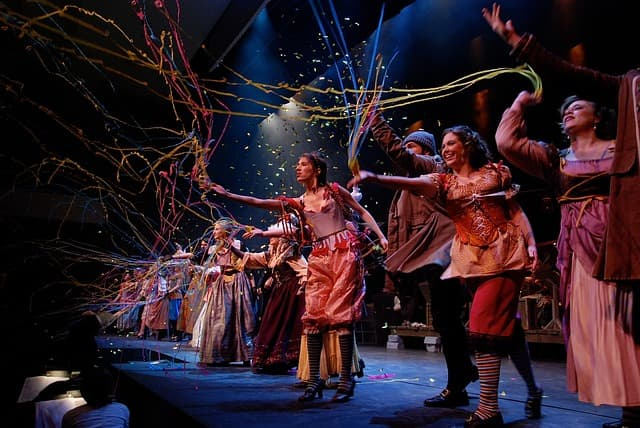
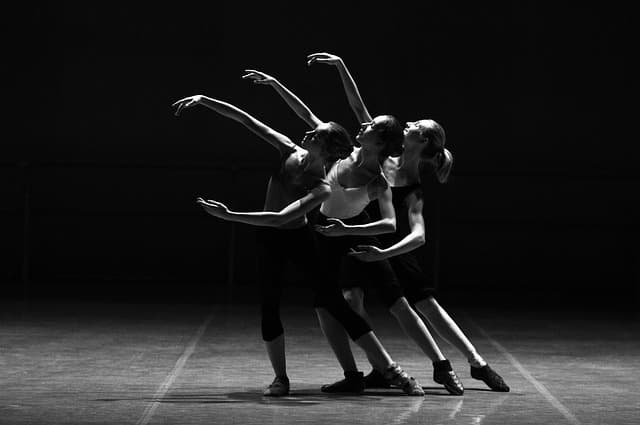
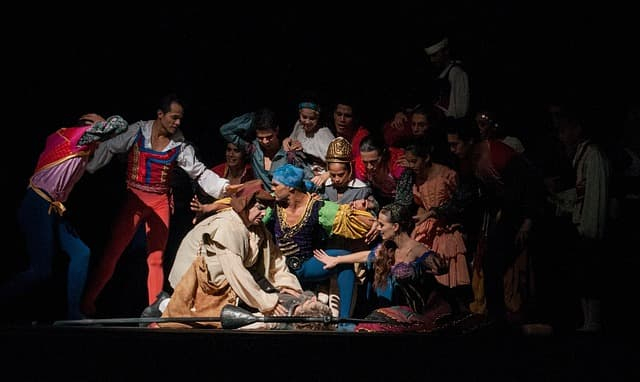

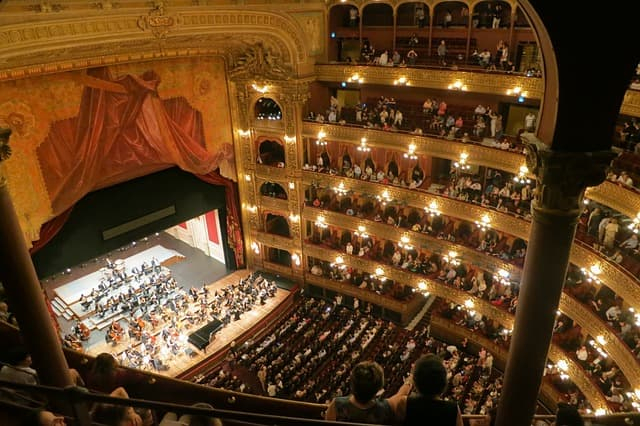
Recent Comments